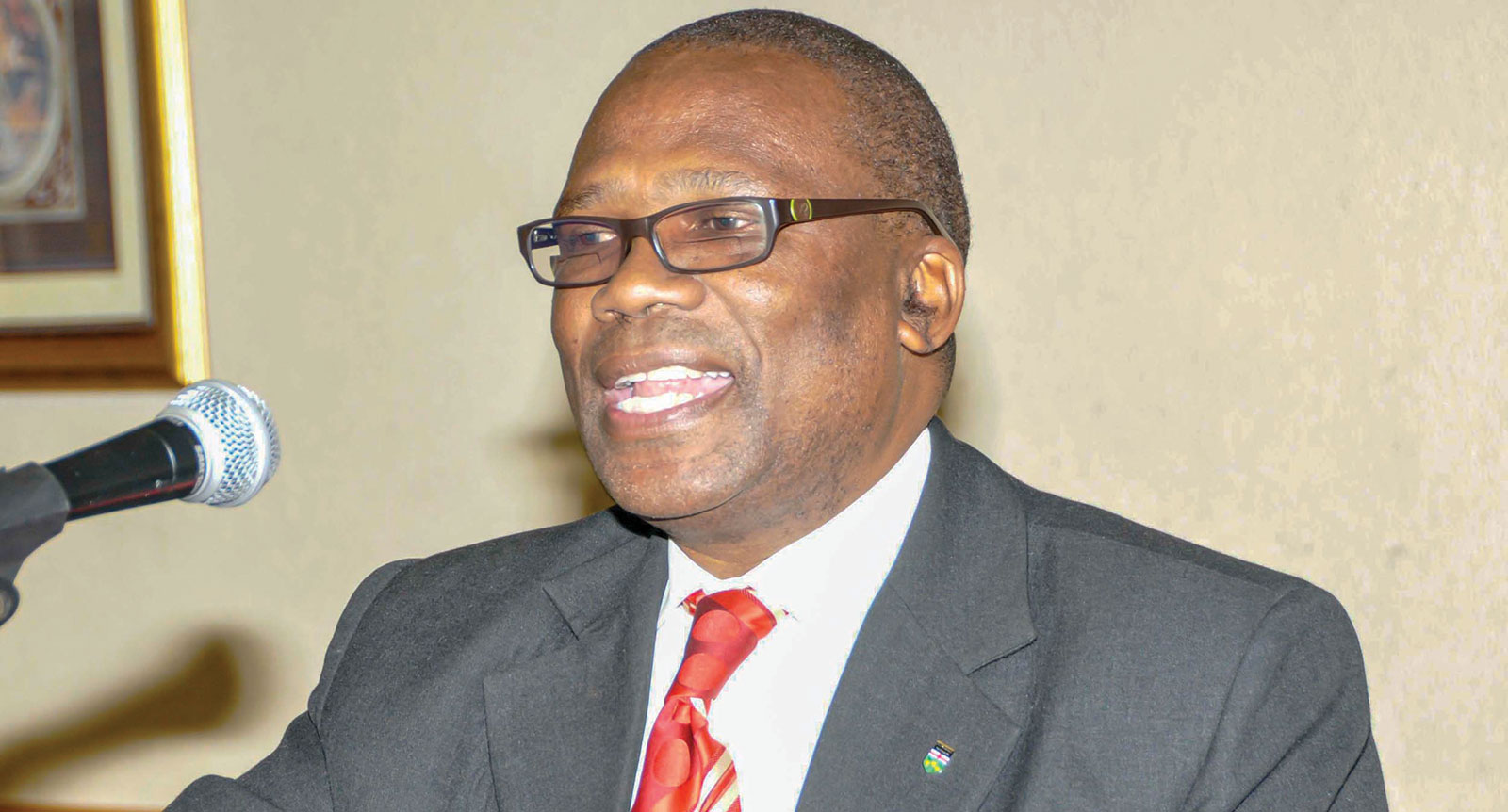Take stock of your debt levels in 2023

SHARE THIS PAGE!
By TKay Nthebe
Following the 25-basis point interest rate increase announcement by the Central Bank of Lesotho (CBL)’s Monetary Policy Committee in January 2023, taking stock of your debt levels and painting a full picture of where you are is key.
It is no secret that many Basotho have high levels of debt, whether it is secured or unsecured debt. What is concerning, however, is the number of Basotho who do not have a full picture of how much debt they have, how much interest is charged on their loans and how the interest rate change impacts their monthly instalment.
Painting a full picture of your financial position and taking stock of your current levels of debt will not only help you come up with a strategy to pay off debt but also help you manage and reduce your anxiety. Table 1 in this article provides a template to help you with this exercise, followed by explanations of each column.
What is the loan type?
This is the type of loan facility you currently have with the financial service provider i.e., commercial bank or micro-lender. This can be a home loan, car or personal loan. It is important to understand each loan type’s characteristics, advantages and disadvantages.
What is the outstanding balance?
The outstanding balance is the difference between the original loan amount and how much you have repaid to date. Depending on the type of loan facility, it may be key to accelerate the repayment of the loan to reduce the outstanding balance.
What is the remaining term?
Depending on the loan agreement and type of loan you have with your financial services provider, the loan term is the amount of time you have to repay the loan, for example 60 months for a personal loan. The remaining term is the difference between the original loan term and the number of months you have paid.
Original loan term – number of months paid = remaining loan term
What is an interest rate?
Interest rate is the annual percentage paid on investments or charged on loans by financial services providers. As I explained in the article “How are personal finances impacted by the interest rate increase?” the financial services provider will charge, depending on the type of loan, the prime lending rate (currently 10.75%) plus a margin on your loans. It is therefore important to familiarise yourself with what percentage your interest rate is.
How much is your monthly instalment?
This is the amount you pay monthly for your loans, and it changes each time the interest rate changes (if you are on a variable interest rate). For many Basotho with loans, monthly instalments would have changed at least six times since January 2022 because of the increase in the interest rate. If you haven’t checked, I encourage you to do this today or speak to your financial services provider.
As explained in the article ‘Are you managing your debt or is it managing you?’ I encourage you to use this time to reflect on and review your loans. Where necessary, make the required changes.
Table 1: Taking stock of your loans.
| Loan Type | Outstanding Balance | Remaining term | Interest rate % | Monthly instalment |
| Home loan | ||||
| Car loan | ||||
| Personal loan | ||||
| Overdraft facility | ||||
| Credit card | ||||
| Store-account | ||||
| Loan from Mekhatlo | ||||
| Micro loans | ||||
| Other (loans from family and friends) |

Thamae fighting for water rights
2 hours ago
Do not wait to say Eish, get cover today!
5 hours ago

Joachim Garments seizes the moment
2 days ago
LHDA, mining company in land impasse
2 days ago
IEC launches strategic plan
2 days ago
‘Mamojela passes on baking skills
2 days ago

Botho University holds fifth graduation
2 days ago
RSL, LDF sign MoU
5 days ago